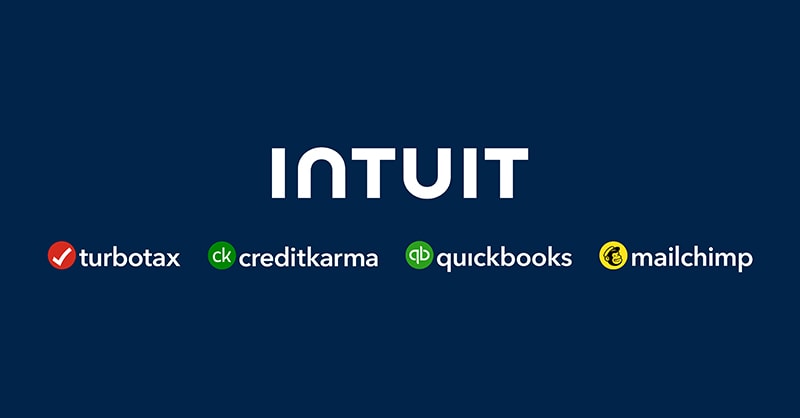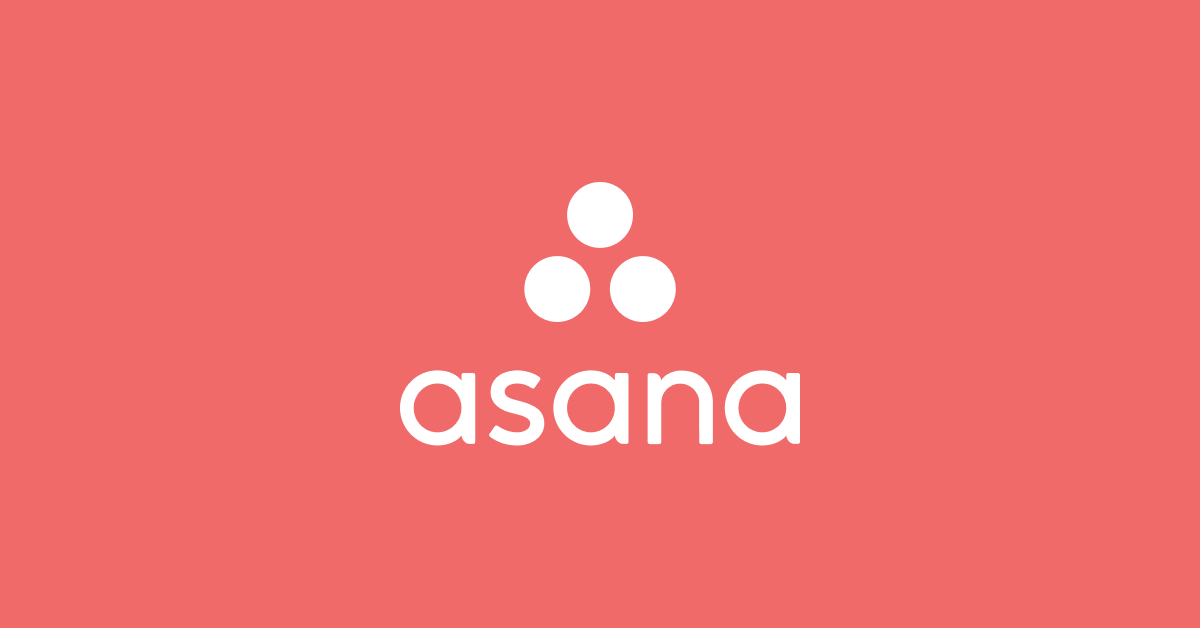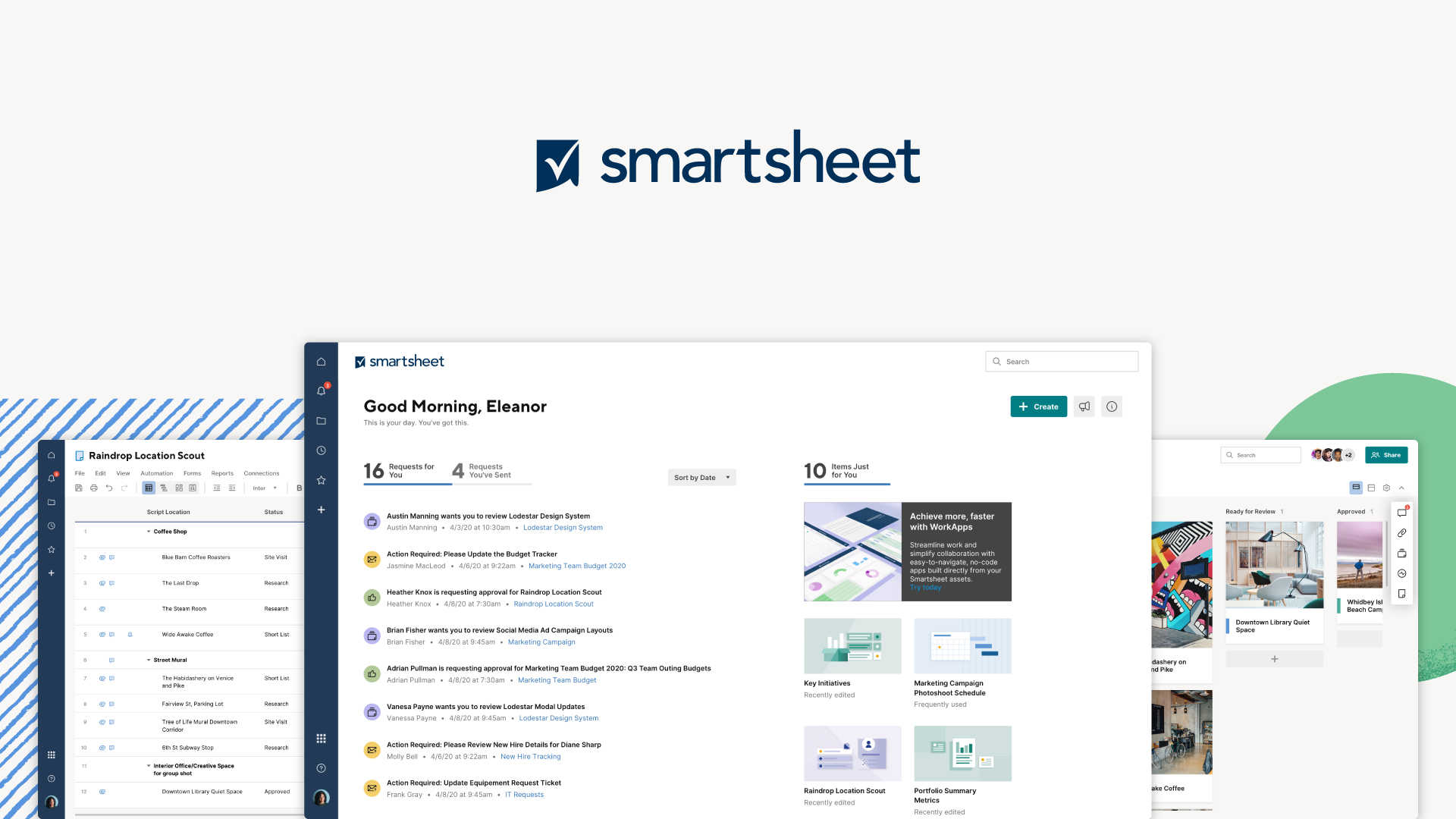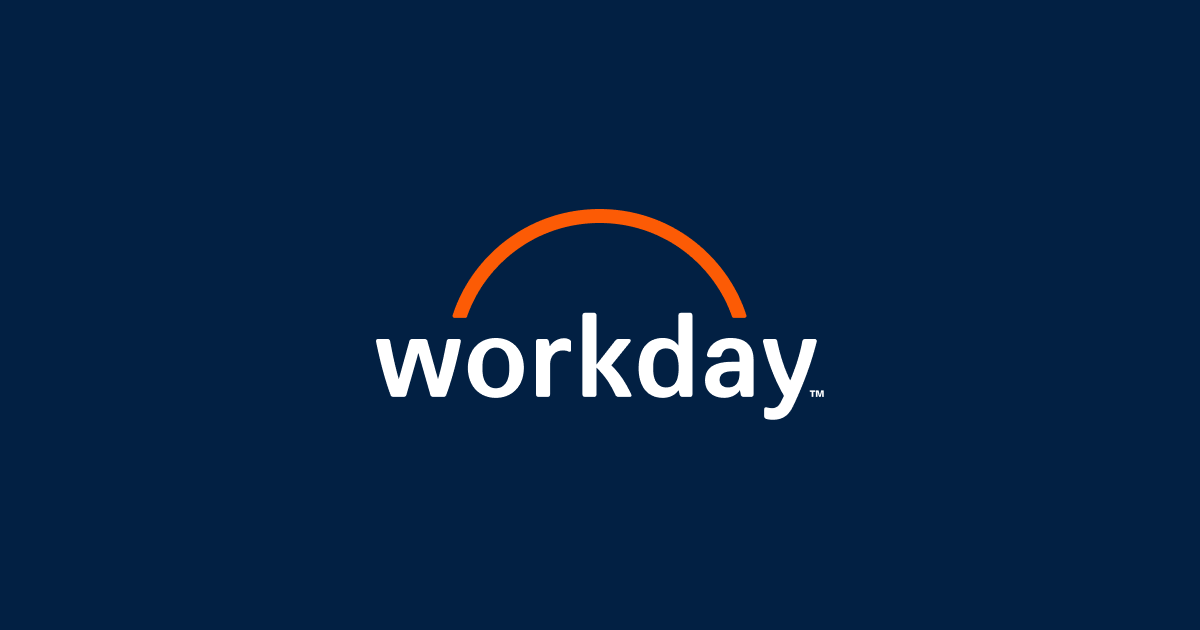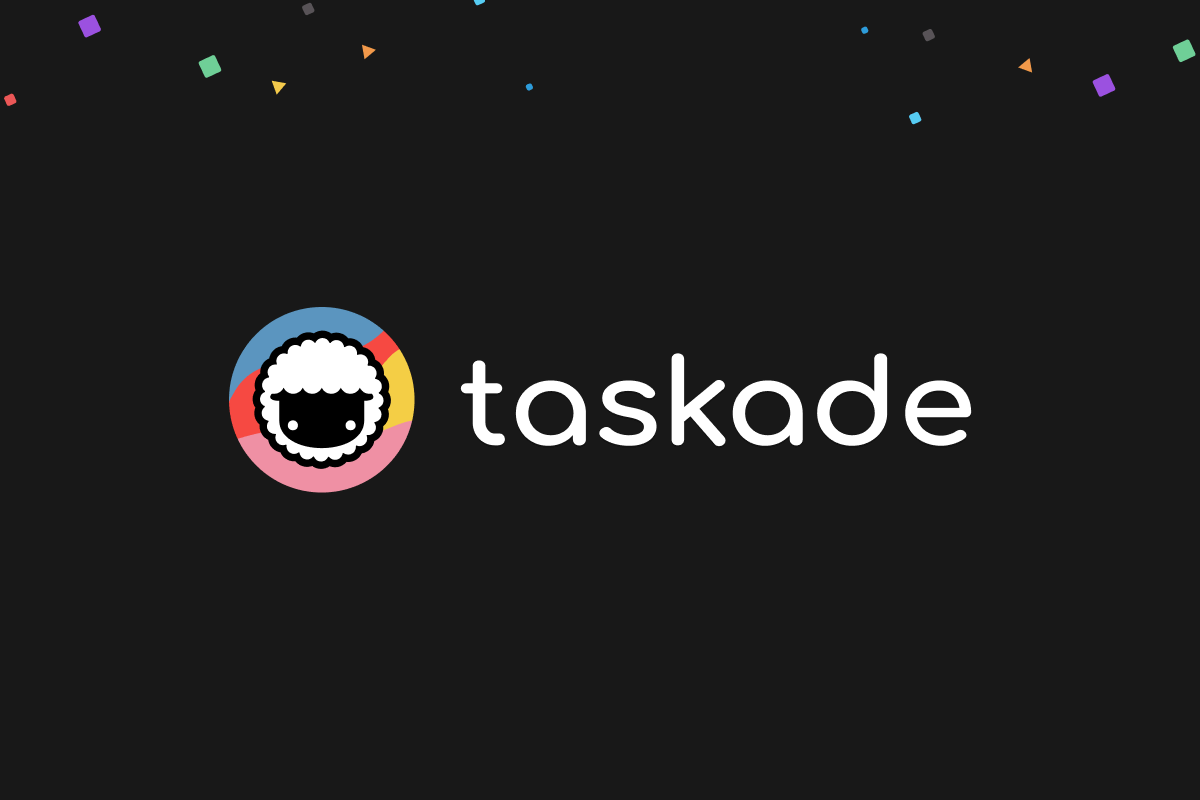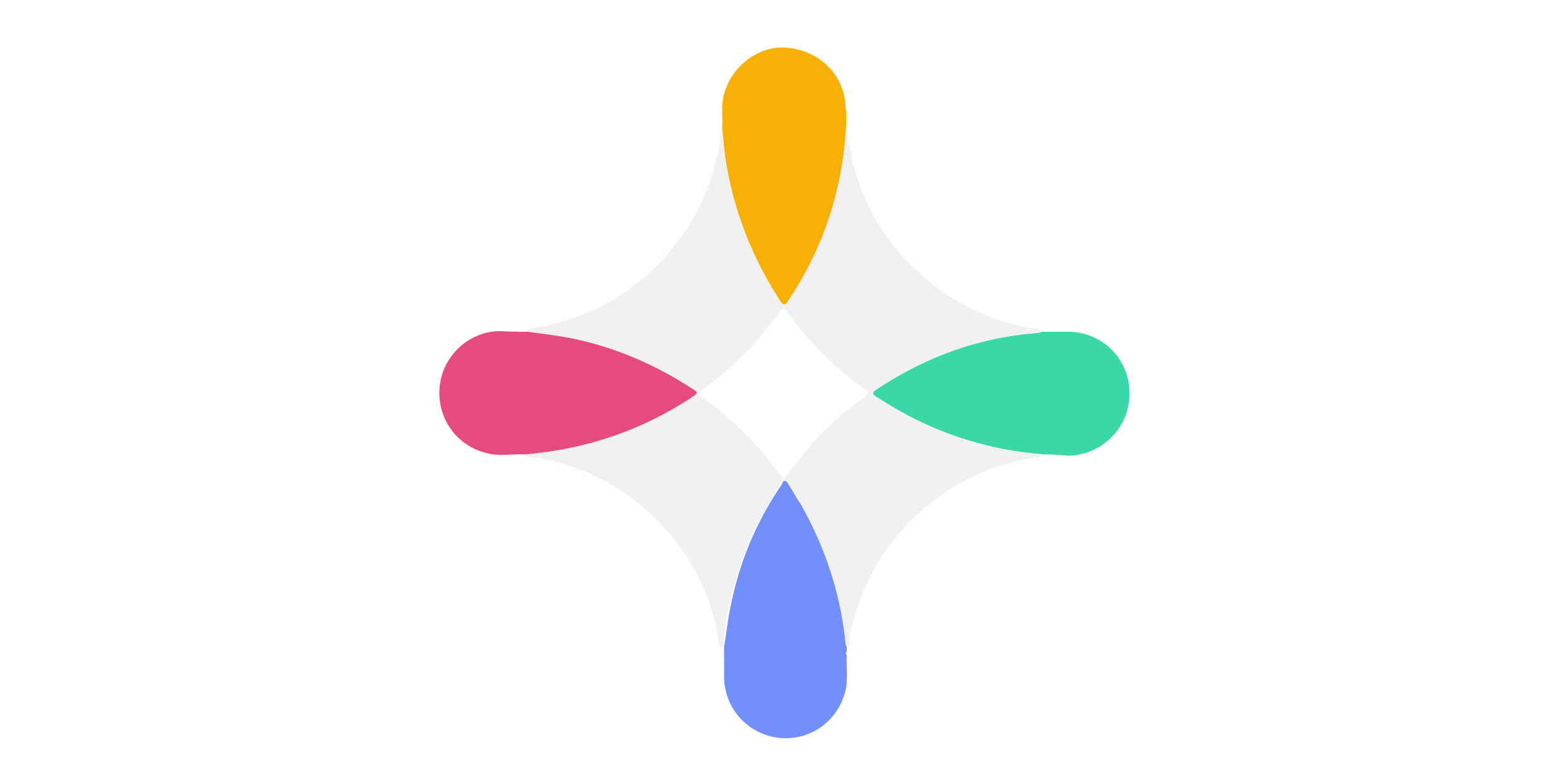Introduction
Choosing the right professional services automation (PSA) software is essential for organizations of all sizes to streamline operations, improve efficiency, and deliver exceptional client experiences. With so many options on the market, it can be difficult to determine which solution is the best fit. This blog post evaluates 15 leading PSA platforms based on key criteria like project and resource management capabilities, workflow automation, reporting and analytics, mobile functionality, pricing, and more.
Methods of Evaluation
To evaluate and rank the top 15 PSA software solutions, I considered the following criteria: core features and functionality, ease of use and customization, integration and API capabilities, security, pricing and plans, customer support, market presence, and ratings. I also factored in more qualitative metrics like number of backlinks, organic traffic over time, and keyword search trends to gauge genuine interest and demand for each vendor. While no single platform will be optimal for all types of professional services firms, this multidimensional analysis aims to highlight the general strengths of each leader.
1. QuickBooks Online
QuickBooks Online is an accounting software and service developed and marketed by Intuit. With over 4 million subscribers, QuickBooks Online is one of the most popular accounting solutions for small businesses. It allows users to track income and expenses, manage invoices, pay bills, and more from anywhere.
Pros: Some key advantages of QuickBooks Online include:
– Popular accounting and invoicing solution trusted by millions of businesses globally
– Integrated time tracking makes it easy to track time spent on projects and clients
– Excellent third party integrations unlock additional functionality through thousands of apps
Cons: One potential disadvantage of QuickBooks Online is that it is a subscription-based software rather than a one-time purchase. This means businesses need an ongoing subscription to continue using the software every month or year.
Pricing: Pricing for QuickBooks Online starts at $15/month for the simple start plan and goes up to $40/month for the plus plan with additional features like inventory tracking. There are also bookkeeping and payroll services available as add-ons.
Some key stats about QuickBooks Online include:
– Over 4 million subscribers worldwide
– Integrates with over 11,000 third party apps for additional functionality
– Supports multi-user access so an entire accounting team can work together
– Mobile apps available for iOS and Android devices
2. Asana
Asana is a work management platform that helps teams organize their workloads and stay on track towards goals. Founded in 2008 and based in San Francisco, Asana helps teams coordinate tasks across various projects.
Pros: Some key advantages of Asana include:
– Kanban-style workflows that help visualize work and keep teams focused on priorities
– Strong reporting and analytics to track progress and identify bottlenecks across projects
– Highly customizable with many views and custom fields as well as integration options for other tools
Cons: One potential disadvantage is that Asana is primarily focused on task and work management versus resource or time tracking capabilities found in some professional services automation tools.
Pricing: Asana offers both free and paid plans. The free plan provides unlimited users and projects while paid plans start at $10.99/user/month for the Premium plan and $16.50/user/month for the Business plan which includes additional features like approvals and custom invoicing.
Some key stats about Asana include:
– Used by over 100,000 paying companies including IBM, Anthropic, Pinterest, and Squarespace
– Over 50 million registered users globally
– Integrations with over 300 apps including Slack, Google Workspace, Jira, and Microsoft Teams
3. Doodle
Doodle is an online scheduling tool that makes coordinating meetings and events effortless. Founded in 2001 and headquartered in Zurich, Switzerland, Doodle aims to simplify the process of connecting people through its easy-to-use online calendaring functionality.
Pros: Key advantages of using Doodle include:
– Intuitive online scheduling and calendaring
– Flexible booking and appointment management
– Robust reporting and analytics
Cons: One potential disadvantage is that the free version has limited functionality and calendar sharing compared to the paid plans.
Pricing: Doodle offers both free and paid plans. The free plan allows for basic scheduling and calendaring. Paid ‘Professional’ plans start at $8/month for individual use and include advanced features like unlimited polls and custom branding.
Some key stats about Doodle include:
– Used by over 35 million users worldwide
– Supports over 70 languages
– Processes over 1 billion meeting requests each year
– Has hosted over 1 trillion meetings since its inception
4. Smartsheet
Smartsheet is a leading work management platform that helps organizations plan, capture, manage, automate, and report on work. Founded in 2005 with headquarters in Bellevue, Washington, Smartsheet provides a powerful platform for work collaboration and management that is highly customizable.
Pros: Some key advantages of Smartsheet include:
– Robust work management solution that enables teams to plan, track and manage all work in one place
– Agile tools and customizable views that allow for flexible workflows and boards
– Strong reporting and analytics capabilities to track progress and provide insights
Cons: A potential disadvantage is that the full capability of Smartsheet requires an understanding of how to best structure templates and customize views/forms for specific workloads which has a learning curve. The free Basic plan also has limitations.
Pricing: Smartsheet offers three main pricing tiers:
– Basic Plan: Free and limited to 2 users
– Business Plan: $25/user per month billed annually
– Enterprise Plan: Custom quote for advanced features and support
Some key stats about Smartsheet include:
– Used by over 90,000 organizations worldwide including NASA, ViacomCBS and JLL
– Over 100 million workspaces created on Smartsheet
– Over 40,000 templates shared by users
– Integrates with 200+ other applications like Google Suite, Dropbox, and Slack
5. monday.com
monday.com is a workflow management and collaboration platform that allows teams to plan, track, and run every aspect of their work. Founded in 2014 and headquartered in Tel Aviv with offices around the world, monday.com has created a flexible and customizable work environment for teams of all sizes.
Pros: Some key advantages of monday.com include:
– Visual workflow designer that allows teams to map out any process without code
– Customization capabilities to build boards tailored to specific team needs
– Real-time collaboration for distributed teams to work seamlessly together
– Affordable pricing tiers that scale with team size and versatility
Cons: One potential disadvantage is that the visual workflow building may have a learning curve for some users accustomed to more traditional project management tools.
Pricing: monday.com offers flexible pricing plans starting at $0 for the personal plan suitable for individuals or freelancers up to $99/month per user for the premium team plan, also including enterprise pricing options.
Some key stats about monday.com include:
– Used by over 145,000 companies worldwide including Vogue, Anthropic, and Hubspot
– Supports over 30 languages
– Intuitive visual workflow builder for any team process
– Customizable boards for project tracking and collaboration
– Over 300 integrations including Dropbox, Slack, GitHub, and more
6. FreshBooks
FreshBooks is a leading professional services automation software that helps small businesses and freelancers easily manage invoices, expenses, timesheets, and more. In business since 2004, FreshBooks is a pioneer in online accounting and invoicing tools tailored for small to mid-sized companies.
Pros: Some key advantages of FreshBooks include:
– Easy to use interface tailored for non-accountants
– Flexible invoicing and ability to customize invoices
– Built-in time tracking to log billable hours
– Accept credit card and eCheck payments directly in invoices
– Integrated expense management for receipt uploads
Cons: One potential disadvantage is that the basic pricing tier may not have enough features for more advanced accounting needs of larger businesses.
Pricing: FreshBooks offers three pricing tiers:
– ‘FreshBooks Free’ – For up to 5 clients (invoices/month), $0
– ‘FreshBooks Fresh’ – For up to 25 clients, $15-25/month
– ‘FreshBooks Pro’ – For larger businesses, $45-75/month
Some key stats about FreshBooks include:
– Used by over 20 million people worldwide
– Processes over $25 billion USD in transactions annually
– Integrates with over 100 third-party apps including LinkedIn, Dropbox, PayPal, and Xero
7. Toggl
Toggl is a time tracking and project management solution that helps users and teams track time, work collaboratively, and gain better insights into work. Founded in 2012, Toggl aims to simplify how teams work together through easy-to-use yet powerful tools.
Pros: Some key advantages of Toggl include:
– Simple and intuitive time tracking interface that helps users easily start and stop tracking time
– Collaborative tools that allow teams to work together on projects seamlessly
– Detailed reports and insights that help users and teams understand how time is spent
– Flexible billing plans including a generous free forever plan for individuals and freelancers
Cons: One potential disadvantage is that while it offers robust features, the interface may not be as flexible or customizable as some other dedicated project management tools on the market.
Pricing: Toggl offers three pricing tiers – Free, Premium (priced at $9/user/month), and Business (priced starting at $24/user/month). The free plan is very generous and useful for individuals and freelancers. The Premium and Business plans unlock additional features like custom workflows, detailed reports, and SAML Single Sign-On.
Some key stats about Toggl include:
– Used by over 1 million users globally across various industries like software development, marketing, and consulting
– Integrates seamlessly with over 100 tools including GitHub, Jira, Trello, Asana and more
– Supports multiple currency types and languages with translations in over 40 languages
8. Wrike
Wrike is a versatile professional services automation (PSA) software that allows teams to manage projects, tasks and resources in one place. Founded in 2006 and headquartered in San Jose, California, Wrike provides a robust work collaboration platform for both agile and waterfall project management methods.
Pros: Key advantages of Wrike include: configurable to support both agile and waterfall project management methods; robust work collaboration features like online workspaces, task boards and Gantt charts; integrated resource management to assign tasks, track time spent and optimize utilization; affordable pricing plans that offer flexibility as your team and projects grow.
Cons: A potential disadvantage is that the free version only supports up to 5 users which may not be sufficient for larger teams. Additional charges apply for premium features like time tracking and resource management.
Pricing: Wrike offers four pricing tiers – Free, Basic, Professional and Enterprise. Pricing ranges from free for up to 5 users to $34/user per month for the Professional plan and custom Enterprise quotes for large deployments. All plans offer a 30-day free trial.
Some key stats about Wrike include: Used by over 12,000 companies worldwide; Supports over 30 languages; Integrates with over 150+ apps including Slack, Google Suite, Microsoft Teams and Jira; Has garnered over 150K reviews onTrustRadius with an average rating of 4.5/5 stars.
9. Paylocity
Paylocity is a leading provider of cloud-based HR and payroll software. Founded in 1997 and headquartered in Schaumburg, Illinois, Paylocity offers a comprehensive software-as-a-service (SaaS) platform for small and mid-sized businesses to manage payroll, benefits, talent, and more. With over 24 years of experience, Paylocity prides itself on offering an innovative and easy-to-use solution to support the entire employee lifecycle.
Pros: Key advantages of Paylocity’s PSA software include:
– Robust payroll and HR management functionality in one platform
– Advanced workforce management tools like scheduling, time & attendance tracking
– Excellent user interface and intuitive mobile app for employees
Cons: One potential disadvantage is that Paylocity may not be as affordable for very small businesses with fewer than 50 employees.
Pricing: Paylocity offers flexible pricing plans tailored to companies of all sizes. For businesses with 1-50 employees, pricing starts at $39 per employee per month. For mid-sized businesses with 51-500 employees, pricing begins at $29 per employee per month. Custom pricing is also available for enterprises with over 500 employees.
Some key stats about Paylocity include:
– Over 24 years in business
– Serving over 24,000 client companies
– Processing payroll for over 1.8 million employees each week
– Integrated platform for HR, payroll, benefits, and talent management
10. Workday
Workday is a leading provider of enterprise cloud applications for finance and human resources. Founded in 2005, Workday provides software as a service (SaaS) applications that are used by thousands of organizations globally. Their flagship products include solutions for financial management, human capital management, spend management, and analytics.
Pros: Some key advantages of Workday include:
– Integrated HR, finance, and talent management capabilities on a single cloud platform
– Advanced workforce planning tools to help with skills analytics, succession planning, and scenario modeling
– Strong focus on employee experience with features like goals management and continuous performance management
– Robust analytics and reporting capabilities across HR, finance, and other functional areas
Cons: One potential disadvantage is the need to completely replace any legacy on-premise systems since Workday is fully cloud-based with no hybrid deployment options.
Pricing: Workday pricing is subscription based with costs varying based on the number of users and modules implemented. Generally enterprise customers can expect an average price of $100-250 per user per month for full functionality across HR, finance, spend management, and other modules.
Some key stats about Workday include:
– Over 12,500+ customers worldwide including large enterprises like Coca-Cola, Cisco, and IBM
– Over 45,000 individuals trained on the Workday platform
– Named a leader in Gartner Magic Quadrant for Cloud Core Financial Management Suites for Midsize, Large, and Global Enterprises
– Raises over $1 billion in annual recurring revenue
11. SAP SuccessFactors
SAP SuccessFactors is a leading provider of cloud-based human capital management (HCM) software. Founded in 2001 and headquartered in Conshohocken, Pennsylvania, SAP SuccessFactors provides HR, payroll, talent management and workforce optimization solutions. With over 6,000 customers in over 90 countries, SAP SuccessFactors aims to help organizations manage the entire employee lifecycle from hire to retire.
Pros: Some of the key advantages of SAP SuccessFactors include:
– Robust HR, payroll and talent management capabilities in a single cloud-based platform
– Advanced workforce planning tools to optimize headcount, skills and costs
– Tight integration with SAP ERP solutions for a seamless digital experience
– Modern mobile-first user experience for employees and managers
Cons: A potential disadvantage is the higher cost compared to other mid-market HCM solutions due to SAP SuccessFactors’ enterprise-grade functionality and scalability.
Pricing: SAP SuccessFactors pricing is based on the number of users/seats with discounts available for multi-year commitments. Additional fees apply for optional modules. A sales representative can provide an exact quote based on your organization’s specific requirements.
Some key stats about SAP SuccessFactors include:
– Over 6,000 customers worldwide
– Solutions deployed in over 90 countries
– Processes HR and payroll for over 100 million employees each month
– Integrates tightly with the SAP ERP and financial systems
12. Taskade
Taskade is an AI-powered productivity platform that aims to be your team’s “second brain”. It provides a unified workspace for tasks, notes, mind maps and more, with features like generative workflows, task automation and connected knowledge. The platform can be accessed from any device with its web and mobile apps.
Pros: Some key advantages of Taskade include:
– Full-featured kanban-style boards for task and project tracking
– Integrated markdown editor for taking notes and knowledge sharing
– AI-powered assistance for generating tasks, automation workflows and more
– Flexible pricing tiers that are affordable for teams of any size
Cons: One potential disadvantage is that the free tier has limited functionality and storage which may not meet the needs of larger teams.
Pricing: Taskade offers the following paid plans on an annual subscription:
– Professional: $6/user/month
– Business: $12/user/month
– Enterprise: Custom pricing
All plans include unlimited storage, SAML SSO and additional admin controls. The Professional plan is suitable for most small teams.
Some key stats about Taskade include:
– Used by over 50,000 teams worldwide
– Integrates with services like Google Drive, GitHub and Dropbox
– Named one of the best project management tools for 2023 by G2
13. Shortlist
Shortlist is a professional services automation (PSA) software designed to help firms manage timesheets, invoices, and projects. Founded in 2010 and headquartered in London, Shortlist offers an all-in-one solution for tasks like time tracking, billing, and resource allocation.
Pros: Some key advantages of Shortlist include:
– Intuitive timesheet and invoicing for easier client billing
– Advanced resource planning to maximize staff utilization
– Mobile scheduling for field service teams to manage jobs on the go
Cons: A potential disadvantage is that Shortlist lacks some advanced project management features found in specialized project management software.
Pricing: Shortlist offers three pricing tiers:
– Basic: $20/user/month for up to 10 users
– Professional: $30/user/month for up to 50 users
– Enterprise: Custom pricing for large teams
Some key stats about Shortlist include:
– Used by over 5,000 companies worldwide
-Tracks over 10 million hours of work annually
-Integrates with over 100 other business applications like Xero, QuickBooks, and Microsoft 365
14. Teamwork
Teamwork is an all-in-one project management platform that helps teams organize work, track progress, and deliver projects on time. Founded in 2006, Teamwork has grown to support over 100,000 customers across industries like marketing agencies, software consultancies, and creative firms.
Pros: Some key advantages of Teamwork include:
– Simple project tracking through customizable templates and boards
– Intuitive calendars and Gantt charts to track task progress visually
– Affordable basic plans for solopreneurs and small teams
– Robust feature set for teams with workloads, timelogs, and reporting
– Seamless collaboration through file sharing and inline commenting
Cons: One potential disadvantage is that Teamwork lacks some workflow automation features found in more specialized project management tools. However, for most small to mid-sized teams, it offers a versatile all-in-one solution.
Pricing: Teamwork offers transparent monthly pricing starting from free basic personal plans up to premium team plans. Basic plans start at $7/user/month for teams of 3-9 users, while premium plans are $15/user/month and unlock advanced features like timelogs, budgets, billing, and more.
Some key stats about Teamwork include:
– Supports over 100,000 customers worldwide
– Used across industries like marketing, software, and creative
– Offers both basic and premium paid plans
– Integrates with over 150 apps like Google Drive, Slack, Trello and more
– Available on web and mobile for iOS and Android
15. Trakstar
Trakstar is employee performance and project management software. Founded in 2003, Trakstar helps organizations streamline performance reviews, project planning, resource management, and analytics reporting. Trakstar aims to bring visibility and accountability to business operations through an all-in-one software platform.
Pros: Key advantages of Trakstar include: comprehensive project management features to keep all projects on track and on budget, advanced resource management capabilities to optimize resource utilization, and robust reporting and analytics dashboards to provide actionable insights into team performance.
Cons: A potential disadvantage is that the software requires an investment of time and resources for administrators to set up custom workflows, configurations, and templates specific to each organization’s unique needs.
Pricing: Trakstar offers pricing plans customized for organizations of all sizes. Feature-rich professional and enterprise packages start at $10/user per month for annual billing. A free 30-day trial is available to new customers.
Some key stats about Trakstar include: used by over 5,000 companies worldwide, supports unlimited users and reviews, integrates with over 50 applications including Slack, Microsoft Teams, and Trello.
Conclusion
Choosing the right PSA solution requires understanding your unique business needs and priorities. While the top platforms discussed all have merit, some may be better suited than others depending on factors like team size, industry, workflows, budget, and growth goals. Doing thorough research, reading expert reviews and customer case studies, and testing full-featured free trials are highly recommended before making a selection. With the right fit, PSA software can power tremendous operational efficiencies and deliver immense value to your clients, teams and bottom line for years to come.




